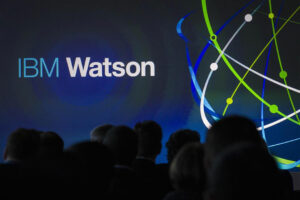UNDP, IBM tap AI tools to model equitable access to energy
INTERNATIONAL Business Machines Corp. (IBM) and the United Nations Development Programme (UNDP) have developed artificial intelligence (AI) tools bringing data-driven decision-making to the fore to facilitate a just energy transition. The models are Electricity Access Forecasting, which will contain data from countries including the Philippines and the statistical geospatial model, Clean Energy Equity Index, IBM […]

INTERNATIONAL Business Machines Corp. (IBM) and the United Nations Development Programme (UNDP) have developed artificial intelligence (AI) tools bringing data-driven decision-making to the fore to facilitate a just energy transition.
The models are Electricity Access Forecasting, which will contain data from countries including the Philippines and the statistical geospatial model, Clean Energy Equity Index, IBM said in a statement on Tuesday.
“Bringing together UNDP’s knowledge and global leadership in sustainable development and IBM’s breakthrough innovations in AI and hybrid cloud, we are proud to unveil solutions that demonstrate the power of technology to make a lasting, positive impact on our environment and in our communities,” Justina Nixon-Saintil, IBM vice-president and chief impact officer said.
She said making these accessible to the public will empower organizations and community members in making impactful energy decisions around the world.
“The Electricity Access Forecasting AI model uses the IBM watsonx AI and data platform, IBM Cloud, and an open-source machine learning library to provide future forecasts at scale of electricity access through 2030,” IBM said.
This evaluates factors such as population, infrastructure, urbanization, elevation, and satellite data in addition to land use data provided by IBM Environmental Intelligence.
The model will contain data from 102 countries from the Global South, including those in Africa, Asia-Pacific, Latin America, and the Middle East.
On the other hand, the Clean Energy Equity Index, developed by IBM and UNDP together with Stony Brook University, is a first-of-its-kind statistical geospatial model combining geospatial analytics with environmental, economic and social factors.
Education, greenhouse gas emissions, and relative wealth are factored in to generate a Clean Energy Equity score of 0-1.
This score reflects both opportunities for clean energy development as well as urgency, with a view towards achieving equity and a just transition. — Aubrey Rose A. Inosante












